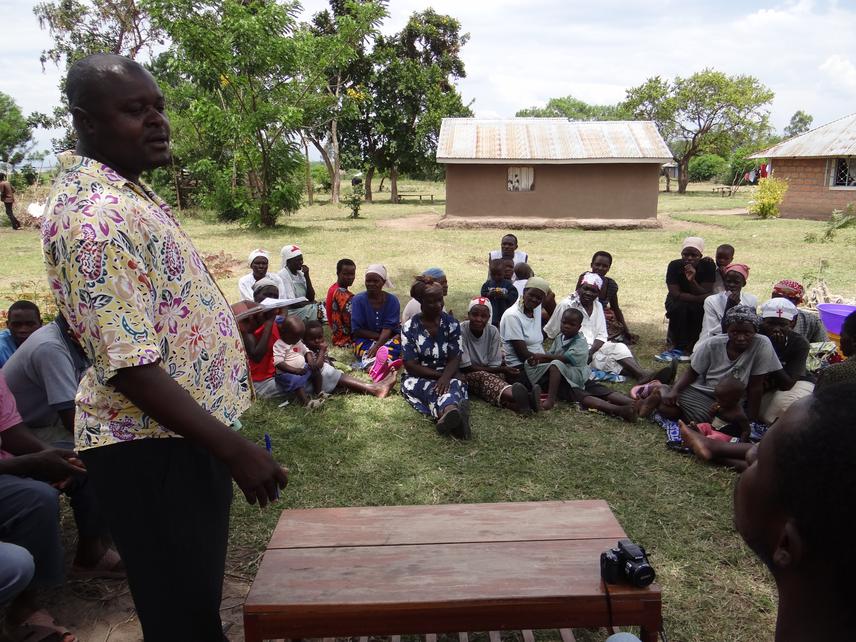Caroline Achieng Odera
Other projects
2 Feb 2010
Grass Root Initiatives for Restoration and Conservation of Koguta and Kusa Wetlands, Kenya
28 Nov 2011
Community Empowerment for Restoration and Conservation of Kusa and Koguta Wetlands, Kenya
The project aims at establishing a wetland wise use resource centre for the promotion of conservation best practices for Kusa and Koguta wetlands, undertaking community capacity building trainings on various thematic areas and wetland ecology education programs to schools.
Koguta and Kusa wetlands situated along Lake Victoria continues to face numerous human threats; reclamation for farming and settlement, burning for fishing lungfish, sand harvesting, over harvesting of papyrus for crafts making and overgrazing despite the significance of Koguta and Kusa wetlands in terms of habitat for rare wildlife and endemic papyrus specialist birds, some of which are listed by Birdlife International as threatened, flood control, sediments traps, water purification and fish breeding grounds. The third phase of this project aims at establishing a wetland wise-use resource centre for promoting sustainable wetland conservation initiatives.

LVTOGA volunteers facilitate a meeting with the papyrus harvesters.
The Lake Victoria Tour Guides Association (LVTOGA) through support by Rufford Small Grants 1st and 2nd funding has been able to promote grass root initiatives and community empowerment for the restoration and conservation of Kusa and Koguta wetlands. This entailed; baseline surveys on biophysical and socio-economic status of the Kusa and Koguta wetlands, establishment of two Sites Conservation Groups (SCGs), and Conservation Education and Public Awareness to schools and communities, establishment of a Village Agroforestry Centre and compost toilets for organic farming as demonstration plots, wetland habitat restoration and community capacity building trainings. While undertaking evaluation of the 2nd project phase, some challenges were highlighted that hindered proper information dissemination by the already trained community members and individual beneficiaries. This included; migration of some members to other places and selfishness and among members to share knowledge with others. Recommendations as were generated by the community members represented by the Common Interest Groups majorly emphasized on the need for a physical space that will boost access and reliability in acquiring information and skills on sustainable wetland conservation initiatives such as trainings, conservation education, wetland monitoring and surveillance, wetland restoration, ecotourism and environmental enterprises among others.
This project aims at establishing a wetland resource centre that will promote sustainable livelihoods and practices for conservation of the wetlands’ ecosystem goods and services. This will provide a multipurpose space for the local community to promote and learn various sustainable practices hence will include; office space for local tour guides to promote ecotourism, showroom for handcrafts made of wetland plants such as papyrus etc, space for community trainings, conservation education and meetings. The outer space will be used to set up demonstration plots for sustainable farming, Agro forestry, and fish farming among other sustainable livelihoods. Moreover, the site conservation groups, women and youths will be trained on resource mobilization and environmental entrepreneurship so as to ensure sustainability of the centre’s activities, their livelihoods as well as wetlands conservation.
Thus, our work which has a dual of objective of sustainable livelihoods and conservation of the wetland sites will be imperative in the wetland’s regeneration and protection of the threatened papyrus endemic bird species, among other wildlife thus contributing to the achievement of our long-term goal of sustainable natural resources utilization and conservation for posterity.